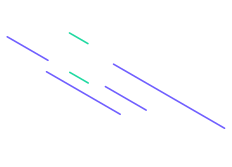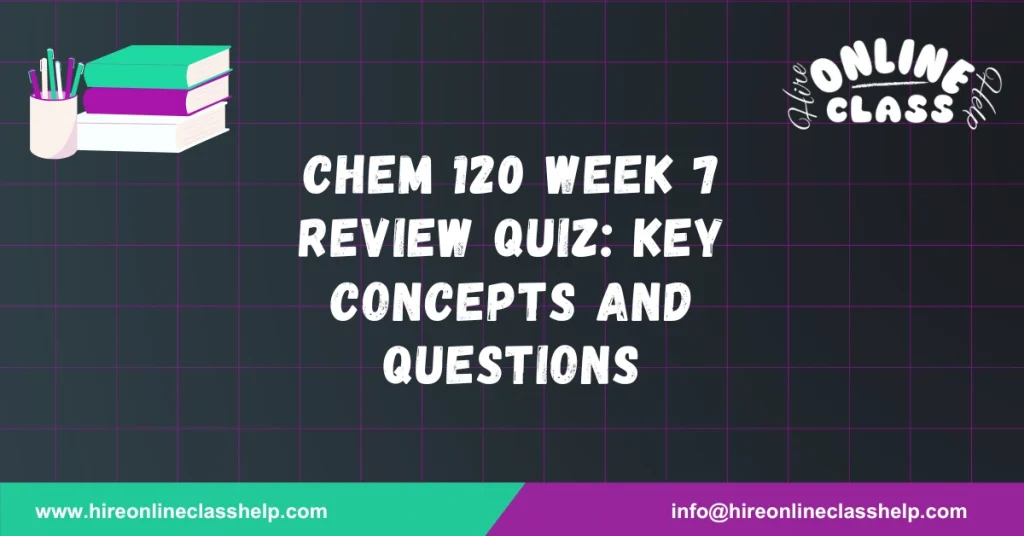






Name
Chamberlain University
CHEM-120 Intro to General, Organic & Biological Chemistry
Prof. Name
Date
If an atom loses electrons in a redox reaction, we say this atom was oxidized.
In the reaction CrO + H₂ → H₂O + Cr, the element being reduced is Cr.
The oxidizing agent in the reaction Fe³⁺ + V → Fe + V³⁺ is Fe³⁺.
The molecule that is not a hydrocarbon is Methanol.
The molecules containing a triple bond are:
| Molecule | Bond Type |
|---|---|
| Pentyne | Triple |
| Butyne | Triple |
A key application of hydrocarbons is their use as fuel.
The COOH group represents the carboxyl functional group.
The type of hydrocarbon that contains a carbon-to-carbon double bond is an alkene.
Examples of unsaturated hydrocarbons include:
| Molecule | Classification |
|---|---|
| CH₂=CH₂ | Alkene |
| Propyne | Alkyne |
The name of the organic compound CH₃CH₂OCH₃ is ethyl methyl ether.
Match each of the following formulas and names (all numbers are subscripts):
| Formula | Name |
|---|---|
| (Given) | (Given) |
(Note: Original matching content missing in provided text.)
Molybdenum-99 decays by beta decay emission, resulting in an electron and Technetium-99.
When Tin-126 undergoes electron capture, the mass number of the product remains 126.
Sources of electromagnetic radiation include:
| Source |
|---|
| X-ray emitter |
| Gamma decay |
If a radioactive material has a half-life of 10 minutes, then after 30 minutes, 3 half-lives would occur.
A 60-gram sample of radioactive material with a half-life of 5 years will reduce to 15 grams after 10 years.
When Polonium-255 decays by positron emission, the product is Bismuth-255.
Examples of proteins include:
| Protein Type |
|---|
| Enzymes |
| Antibodies |
The carbohydrate classified as a polysaccharide is starch.
Molecules that participate in the formation of fatty esters are:
| Molecule |
|---|
| Fatty acids |
| Glycerol |
If a lipid is classified as a fat, it would be expected to:
| Property |
|---|
| Be solid at room temperature |
| Have a structure without C=C double bonds |
A fragment of the coding strand of DNA reads as TAC-CGA-GAC-TAG.
The code of the template strand is ATG-GCT-CTG-ATC.
Biomolecules that are part of the transcription process include:
| Biomolecule |
|---|
| mRNA |
| DNA |
The process in which a protein is synthesized from mRNA at the ribosomes is called translation.
The category of biological macromolecules that contains fats and oils is lipids.
The level of protein structure that involves the interactions of multiple polypeptide strands to form complex structures is the quaternary level.
The main role of enzymes in the body is to act as biological catalysts.
OpenStax. (2016). Chemistry. OpenStax CNX. https://openstax.org/books/chemistry
Timberlake, K. C. (2018). General, organic, and biological chemistry: Structures of life (6th ed.). Pearson.
Zumdahl, S. S., & Zumdahl, S. A. (2019). Chemistry (10th ed.). Cengage Learning.